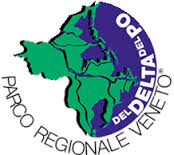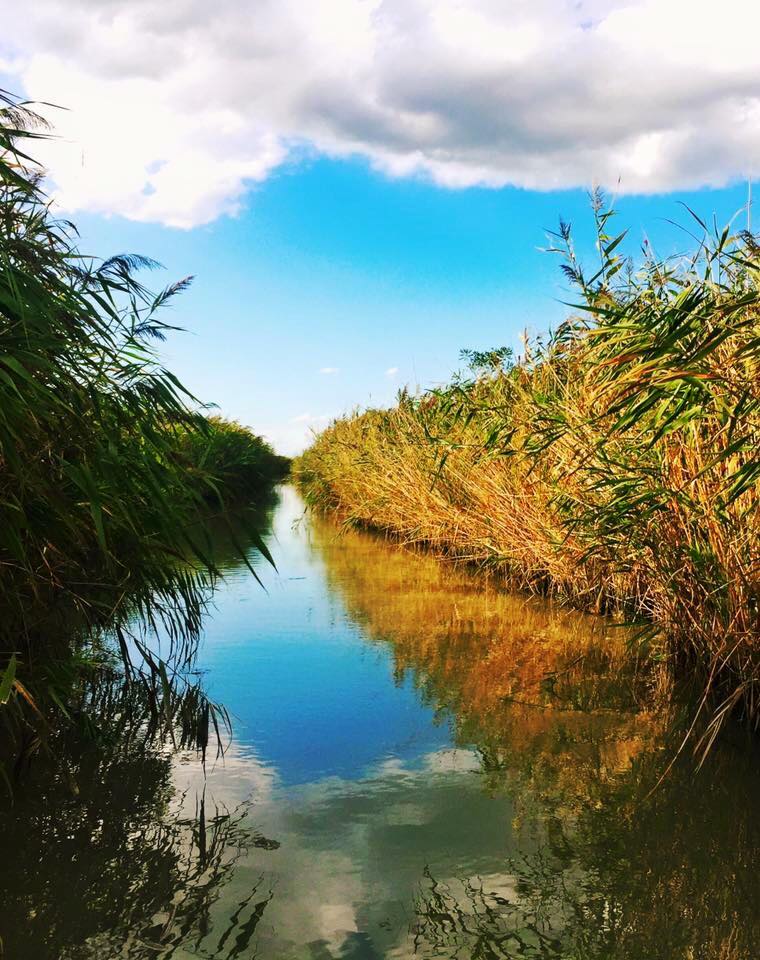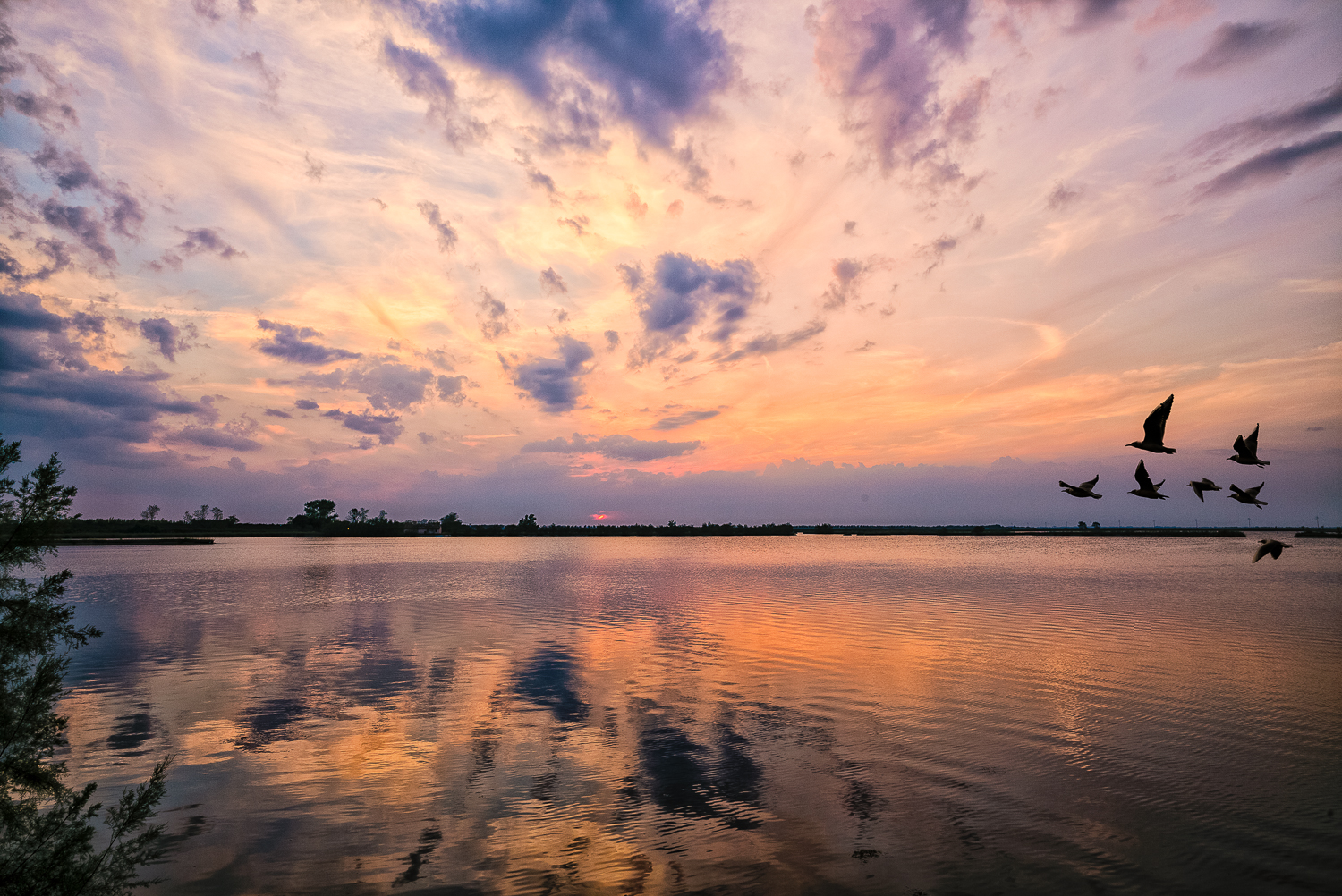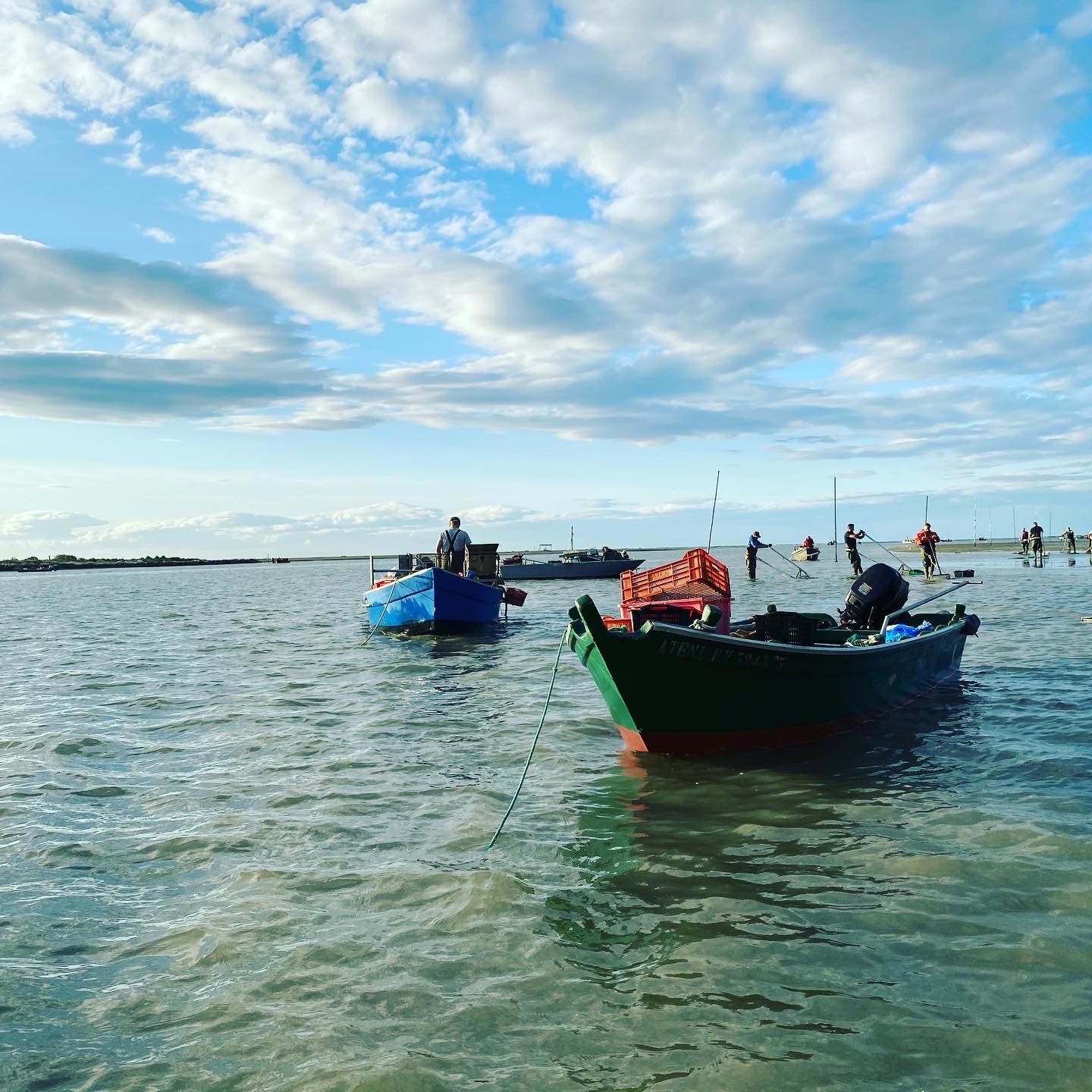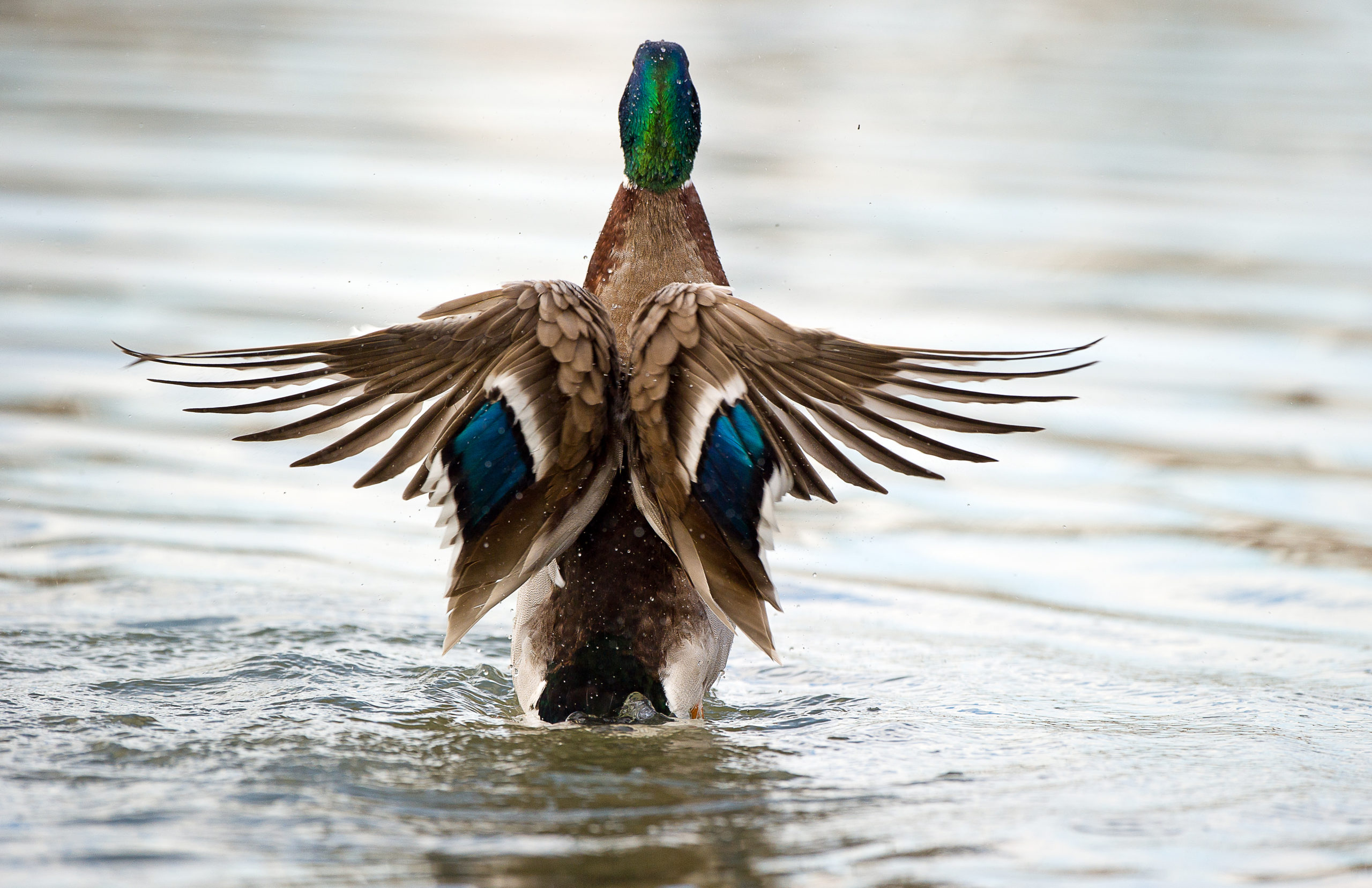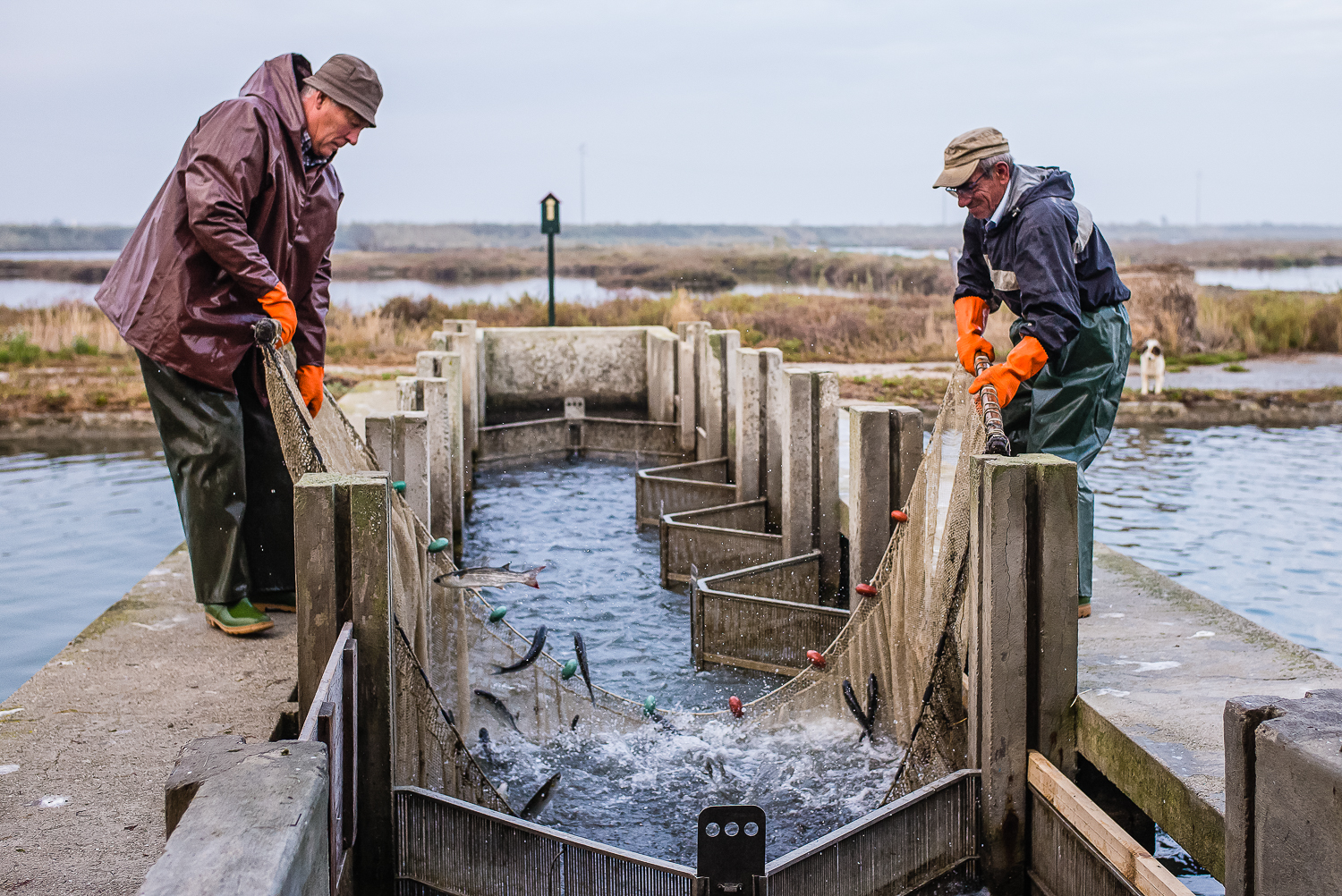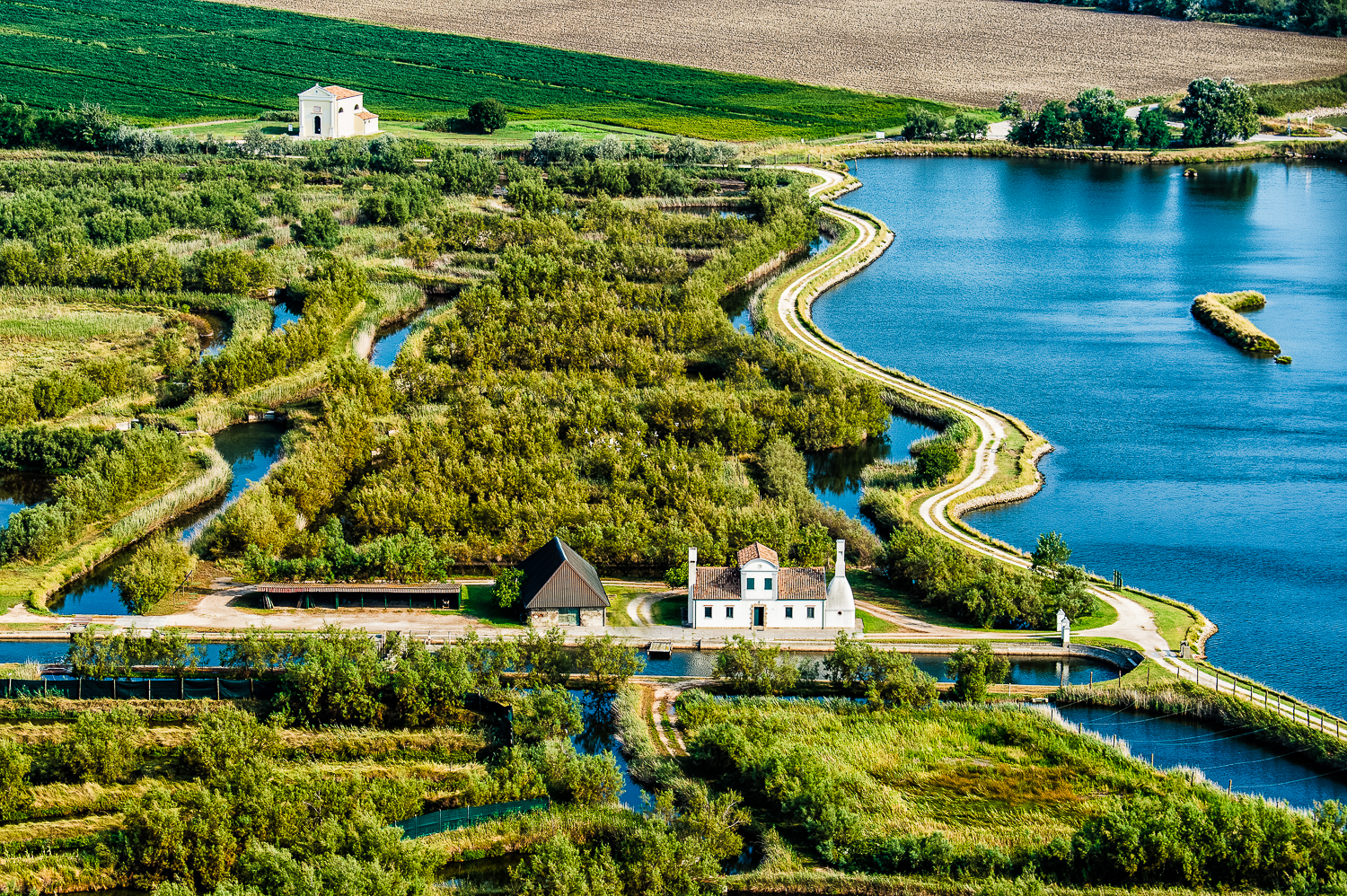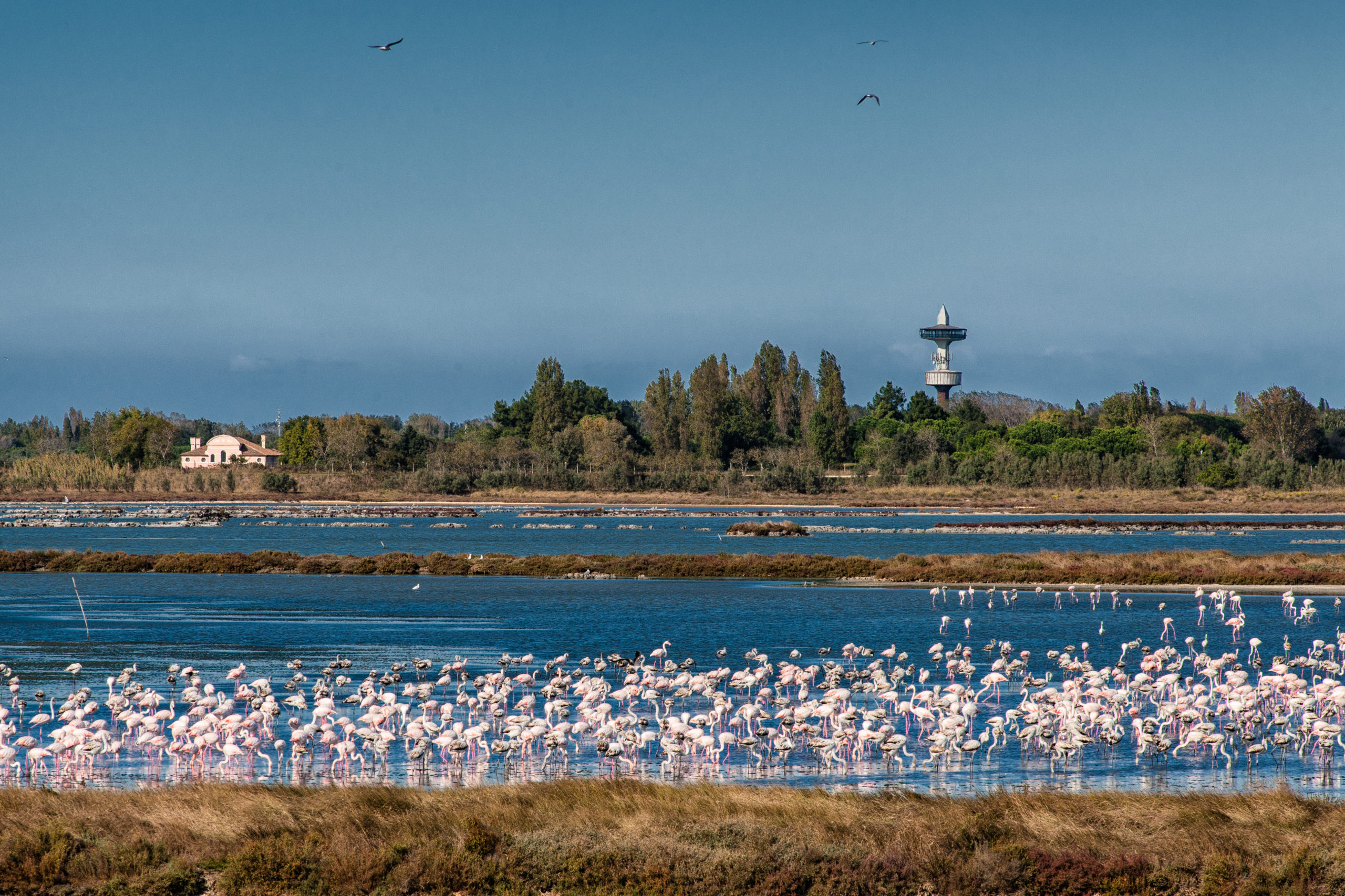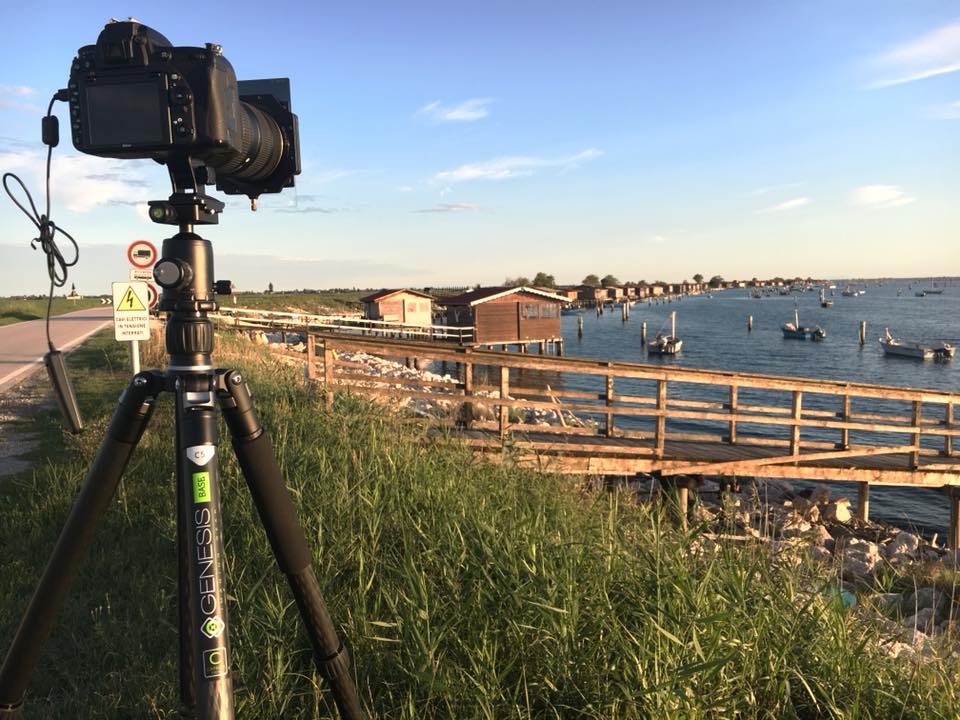
The lagoon is a basin of brackish water, in some points reaching only a few centimeters of depth, delimited towards the sea by sandy dune bars or sandbars and, on the side of the river, by tidal flats consisting of banks of silt or sand periodically submerged by the tides, and by shoals, that is muddy holms of sedimentary origin.
Where the sea can penetrate with its waves, there are brackish inlets forming: they are uniform and shallow stretches of salted water delimited by river branches. Both in the lagoons and brackish inlets mussels and clams are farmed, fishing is practiced, and the “novellame” – small fish farmed in the lagoon – is caught.
The lagoons of the Po Delta are 7: Caleri, Vallona, Barbamarco, Batteria, Burcio, Basson, and Bonelli Levante; the brackish inlets are 2: Sacca Canarin and Sacca degli Scardovari.

